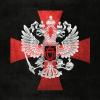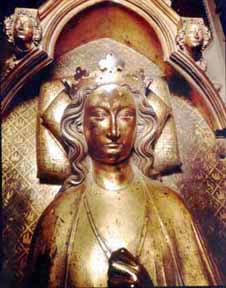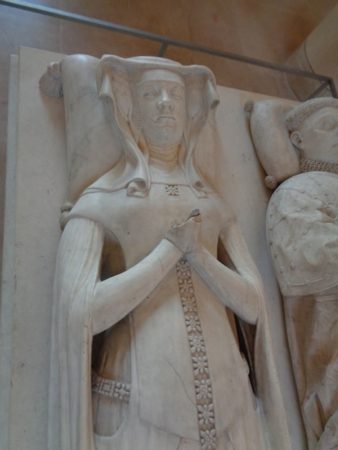

| Online: | |
| Visits: | |
| Stories: |

| Story Views | |
| Now: | |
| Last Hour: | |
| Last 24 Hours: | |
| Total: | |
TradCatKnight: The Monarchy’s Symbols of Power
Friday, December 30, 2016 12:35
% of readers think this story is Fact. Add your two cents.
The Monarchy’s Symbols of Power
The Monarchy’s Symbols of Power
Medieval monarchs are remembered as powerful rulers, with a tyrannical control of land, nobles, and riches. They were strong figures, in control of their realm and their lives. However, medieval rulers also existed in a daily display of that power and authority. Even if a king was born into his position, he still needed to maintain that standing among his nobility and his royal peers and that maintenance was through the use of certain symbols and objects.
Archaeology, the study of human activity in the past, provides tangible evidence of intangible concepts like power and control. The archaeology of the Medieval English monarchs is a prime example of how to illuminate the actions and lives of these rulers, and touch the physical expressions of their power and position. Monuments like castles and cathedrals are obvious installations in the landscape, but that power is solidified in the smaller details such as seals, coin portraits, effigies, heraldic devices, expensive cloth, and jewelry.
Monarchs and nobility operated under rules of order accompanied by symbols and rituals. The coronation of a monarch was one very important ritual, but there were many secular and religious transactions which sustained the ruler’s prestige. The objects used in these rituals strengthened the nobility’s position and sustained the ephemeral aura of control.

Tomb effigy of Queen Eleanor of Castile (d.1290),wife of Edward I, in Westminster Abbey. Cast in gilt bronze by William Torel. Photo copyright of Westminster Abbey. www.westminster-abbey.org
In The Archaeology of the Medieval English Monarchy, John Steane discusses many of these objects and their function. His description of portraiture is particularly useful, noting trends in the accuracy of the facial modeling, materials, and approximate age of the portrait versus the individual. The gisants, or monumental funeral effigies, were used first in France starting in the 12th century then were adopted into English royal customs. Steane notes a trend in idealistic design and representation, such as Edward III’s children Blanche of the Tower and William of Windsor who died as infants yet are memorialized as children of about ten years old. The gilt-bronze gisant of Eleanor of Castile (d. 1290, the queen of the Eleanor Crosses) depicts a young, slim, stylish woman rather than a mother of fifteen and a married woman of 36 years. Her figure is richly dressed, and the garments and bedclothes have her heraldic crests molded on them. The figure once included a scepter, a symbol of royal power, and jewelry which are now missing. This public display of the royal family presented an idealized view of a healthy, active monarchy, thriving in their control of the country.
In the mid-13th century, realism became the popular style, with death masks and accurate features coming into vogue. Philippa of Hainault (d. 1369) whose gisant lies in France, is “no idealized woman but the realistic portrayal of a plain, rather stout, middle-aged lady, whose alabaster image still succeeds in arousing our sympathies” (Steane, 15). Even if she looked rather plain, the viewer couldn’t forget that this was the body of an anointed and crowned queen. Royal portraits in this time were more honest in their representations, however modern technology like dendrochonological analysis of panels have toyed with the production timeline of some surviving works. For example, the Royal Collections contain portraits of Henry V, Henry VI, and Richard III. These were long considered to be accurate depictions of these kings, yet analysis of the panels provide a date of c. 1518-1523, and that all three panels were likely sourced from the same tree. Portraits were a luxury, and a higher number of portraits indicated a higher amount of power or wealth. 15th century paintings of Elizabeth Woodville, queen to Edward IV, exist in the Royal Collections and in the stained glass of Canterbury Cathedral. Both images have similar features to contemporary descriptions of her appearance, and are likely accurate portrayals of her physicality.

The gisant of Catherine d’Alencon, d. 1462, marble, the Louvre.
In all of these depictions of individual appearance, the symbols of royal heritage and power were still paramount. The clothing, heraldry, and accoutrements befitting a ruler are included in these portraits, reminding the viewer to never forget the status of the subject.
If you enjoy the TradCatKnight blogs, please recommend above as a contributor!
Video at link above



